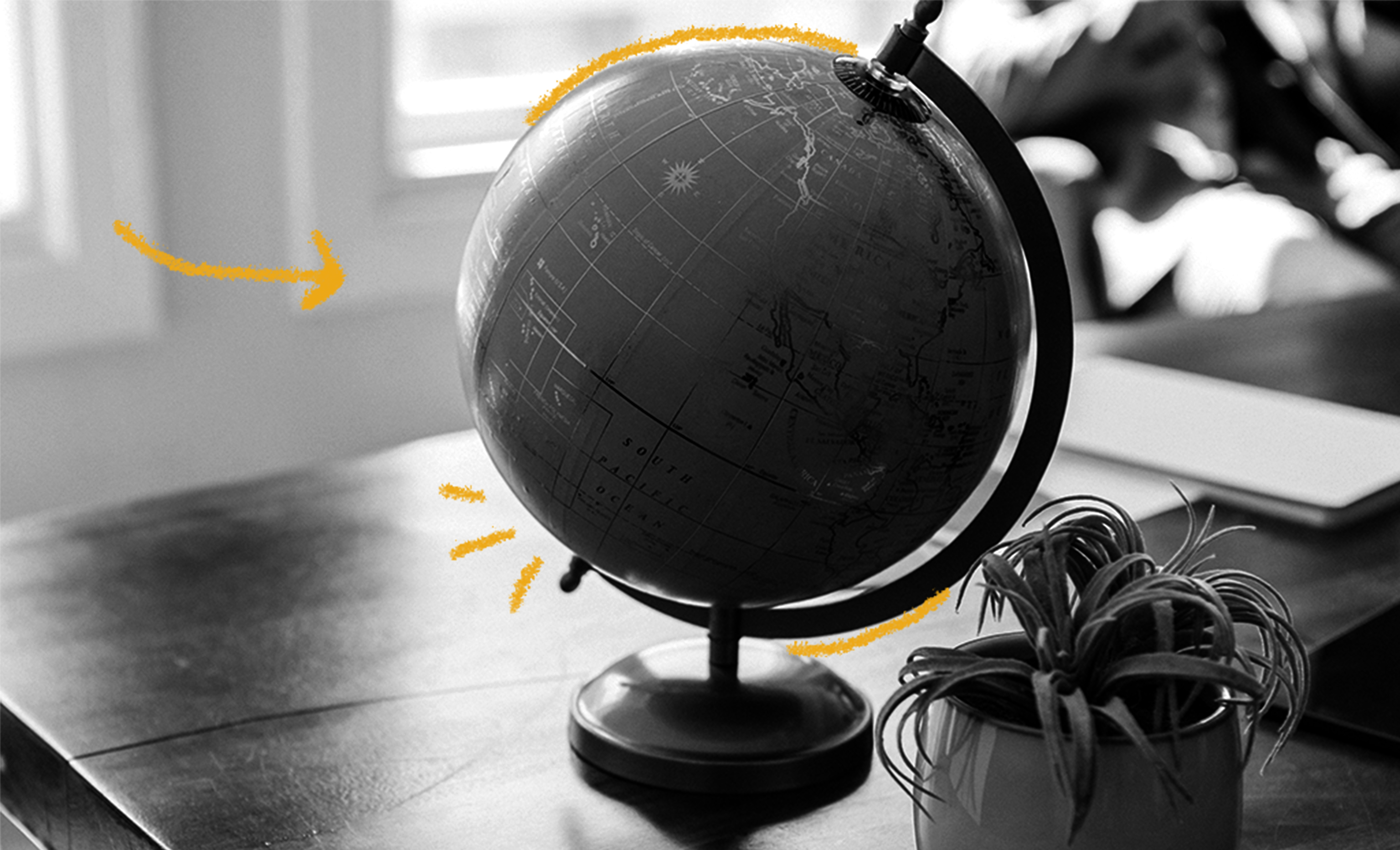Written evidence suggests that people have been using globes since ancient times, however, since globes are delicate, few physical models have survived. The oldest surviving globe was made in 1492 by Martin Behaim, a German navigator and geographer in the employ of King João II of Portugal. Interestingly, in addition to cartographic information, the globe also detailed overseas commodities, marketplaces, and local trading protocols. Globes were used as both decorative, artistic items and practical tools well into the 16th century. In the 17th century, globes were more often used as decorative items (usually by gentlemen) than tools. Pocket globes and garden globes debuted at this time and were considered status symbols among wealthy English gentlemen. Globes that recorded the most recent cartographic discoveries also continued to be produced. By the 18th century, globes were considered largely unhelpful as navigation aids, but were still used to record discoveries. The 19th century brought globes into the realm of children, and globes designed expressly for children’s education were created. (Many of these were made from multiple pieces, similar to a 3-D jigsaw puzzle.) By the mid-20th century, cartographic globes were no longer used for navigation in any capacity, and new technologies also made celestial globes far less compelling. However, at the same time, mass-production techniques made globes more accessible than ever for those who wished to own one. Today, globes are often seen in classrooms and the more ornate models are still used for decoration in homes.

Your go-to guide for weird history facts
Subscribe to the FREE daily email that makes learning about history fun.


